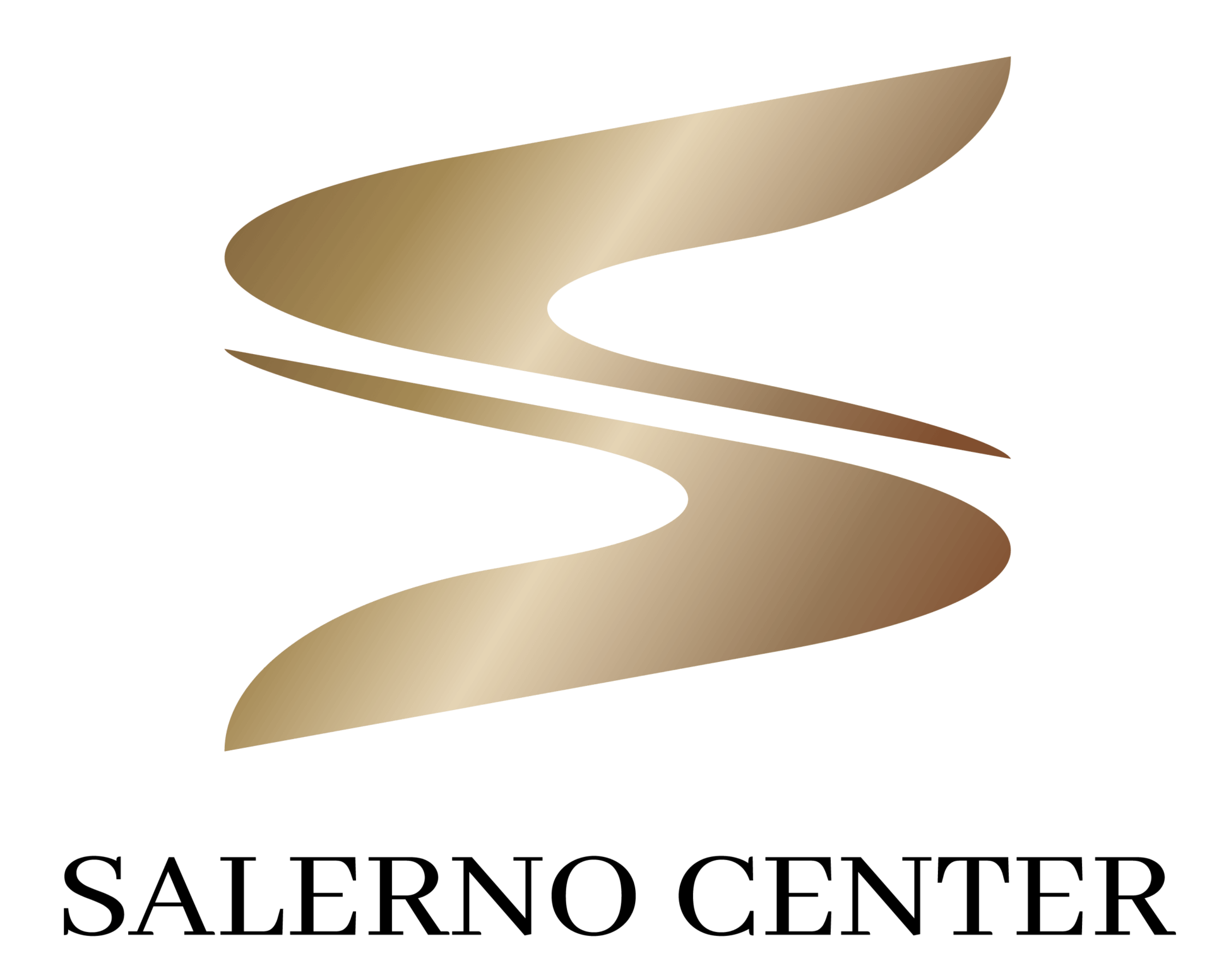VIEW OUR CURRENT SPECIAL OFFERS
Skin Resurfacing
Skin Resurfacing
The collective desire to stay forever young has created an enormous market for anti-ageing treatments. Recent developments in laser technology are now delivering a longer lasting and scientifically proven method of restoring the natural beauty of the skin. Unlike traditional treatments such as dermabrasion and chemical peels, the unique characteristics of laser skin resurfacing allow more accurate and precise control over the treatment process.
Skin resurfacing and rejuvenation treatments can be performed either in ablative modes with an Er:YAG laser or non-ablatively with a Nd:YAG laser, depending on the particular aesthetic outcome that the patient and practitioner wish to achieve. In addition, ablative and non-ablative treatments can also be combined into a comprehensive anti-aging treatment, such as Fotona’s TwinLight® Fractional Rejuvenation system.
Introducing TwinLight® Fractional Rejuvenation
Past skin rejuvenation procedures treated large areas of skin, whether aged or not. But with Fotona’s revolutionary TwinLight® Fractional Rejuvenation method, the laser light precisely targets imperfections in the skin, leaving the surrounding healthy skin untouched. The heat from the laser energy also stimulates the production of new collagen in the dermis, and the surrounding, untreated skin helps to speed the rejuvenation process.
A Simple and Effective 3-Step Solution
TwinLight® Fractional Rejuvenation is a simple 3-step procedure optimized to significantly improve skin smoothness and give it a fresher, healthier look. The deep heating effect of Fotona’s Nd:YAG laser beam helps rejuvenate and stimulate the skin, while the Er:YAG beam helps the body to form new, tighter skin.
Step 1 – Conditioning: An Nd:YAG beam is passed along the surface twice. The first pass provides a short stimulus to the skin, the second pass penetrates the tissue, causing deep FRAC3® heating and conditioning the skin for an effective fractional treatment therapy.
Step 2 – Fractional therapy: Old, worn-out skin is ablated away by a fractional Er:YAG laser. The precise micro-ablated channels will be replaced with new, tighter and healthy tissue as new skin forms.
Step 3 – Peeling: The skin is ablated with a light full Er:YAG beam, which finishes the treatment and removes superficial imperfections.
Using fractional light to rejuvenate the skin can produce an effect that is perfectly graded to your patient’s expectations, and offers a degree of control and efficacy that allows for highly precise sculpting of the skin. Treatments can extend from light touch-ups to deep collagen remodeling, ideal for patients who want drastic rejuvenation effects, but are not inclined towards aggressive surgical or chemical alternatives. This treatment is suitable for all skin types and tones, with minimal patient downtime.
Superior Performance
Both the SP Dynamis and the SP Spectro are equipped with a high performance Er:YAG laser that maximizes ablation efficiency with proprietary VSP (Variable Square Pulse) technology, which can be accurately tuned to varying “cold” ablation and non-ablative thermal ratios. Full customizability allows you to precisely attain the clinical outcomes your patients desire.
The Nd:YAG laser on the SP Dynamis & SP Spectro perfectly complements the Er:YAG laser’s ablative action with the ability to penetrate deeply into the skin to create thermal effects without damaging the skin surface. Compared to conventional Nd:YAG technologies, Fotona’s proprietary VSP pulses create virtually instantaneous temperature increases that are limited to the targeted structures only. No unnecessary energy is deposited into the skin.
Frequently Asked Question
about Laser
Skin Resurfacing
- Laser skin resurfacing is a cosmetic procedure that uses focused light beams to remove the outer layers of skin, promoting the growth of new, healthier skin. It’s used to reduce the appearance of wrinkles, scars, sun damage, and other skin irregularities.
- The two main types are ablative lasers, which remove the top layer of skin, and non-ablative lasers, which target the underlying skin tissue without removing the top layer. Common ablative lasers include CO2 and Erbium lasers, while non-ablative options include fractional lasers and IPL (Intense Pulsed Light).
- Pain and discomfort levels vary depending on the type of laser and the depth of treatment. Ablative laser treatments tend to be more intense and may require local anesthesia or sedatives, while non-ablative treatments usually cause minimal discomfort.
- Ideal candidates are individuals with fair skin who have wrinkles, scars, or sun damage and are seeking improvement in skin texture and appearance. It’s less effective on darker skin tones due to the risk of pigmentation changes.
- The procedure can take anywhere from 30 minutes to 2 hours, depending on the size and condition of the area being treated.
- Recovery time varies. Ablative lasers usually require 2 to 3 weeks of healing, while non-ablative lasers have a shorter recovery time, often just a few days to a week.
- Common side effects include redness, swelling, and itching. There’s also a risk of scarring, infection, and changes in skin pigmentation, especially with ablative laser treatments.
- Results can be long-lasting, but they are not permanent. Protecting the skin from the sun and maintaining a healthy skincare routine can prolong the effects.
- This depends on the individual’s skin condition and the type of laser used. Ablative treatments may only require one session, while non-ablative treatments often require multiple sessions.
- Since it’s considered a cosmetic procedure, laser skin resurfacing is typically not covered by insurance.
It’s important to consult with a dermatologist or cosmetic surgeon to determine if laser skin resurfacing is appropriate for your skin type and concerns, and to understand all the risks and benefits associated with the procedure.



